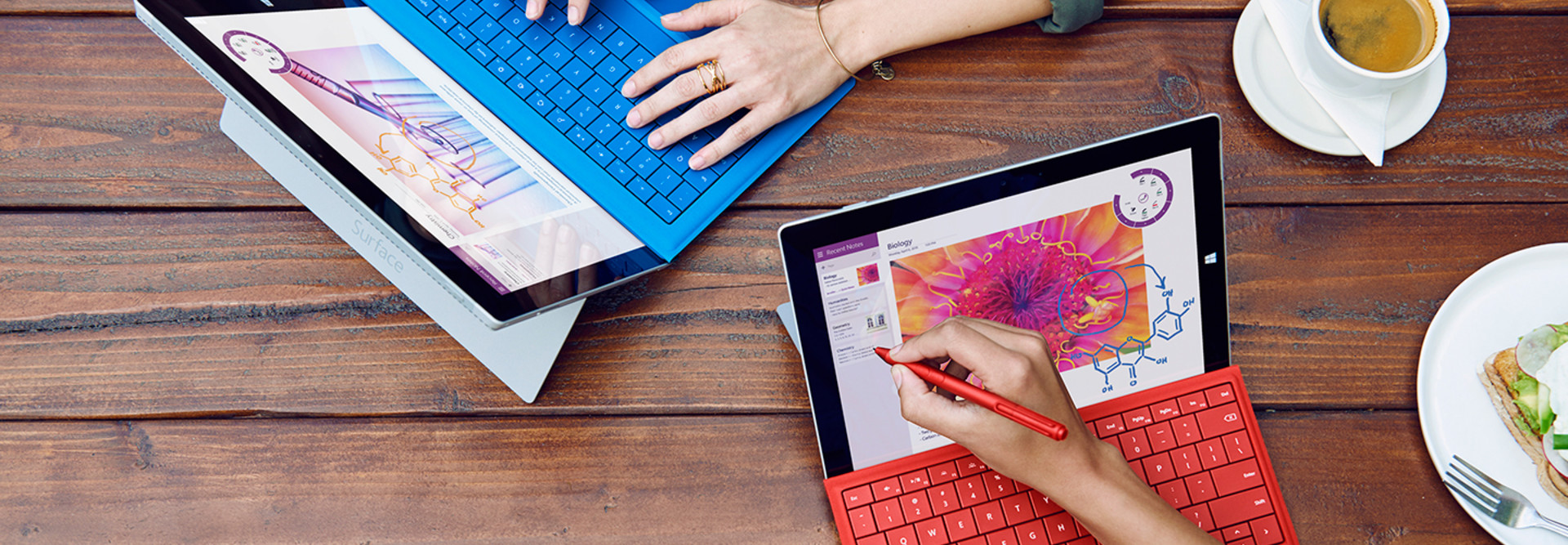How to Pick the Right 2-in-1 Laptop for Your Organization
According to IDC, 2017 was a dreary year for personal computing device shipments, which saw a 2.7 percent decline from the previous year. The one ray of sunshine on the horizon is the detachable tablet segment. Also referred to as 2-in-1 laptops or convertible notebooks, the category as a whole is poised for an 11.6 percent growth in global shipments through 2021, the only device category looking quite so optimistic.
Part of this growth may be tied to timing — a fresh user experience available at the start of enterprise refresh cycles. “We’ve seen convertible tablets increasing their share of the notebook market over the last few years,” explains Kelly Etter, Intel Brand Manager at CDW. “For companies that have not upgraded their devices in the last four or five years, this is a new and attractive option. It’s a much different device experience and performance than a standard desktop or laptop.”
Why is this form factor seeing growth now? “Convenience is a big reason this form factor is taking off,” says Justin Kring, HP Sr. Brand Manager at CDW. “You can have a full desktop experience, you can travel with them. If you want the touchscreen and presentation option, you’ve got a full-function tablet at your fingertips.”
With today’s mobile workforce, often hopping from a desk to a meeting room, from a shared work space to a couch at home, ease of transport is key. “When I travel with a laptop, and backup battery, and mouse and other peripherals, it’s a pain,” says Damien D’Amore, a Dell CSG Solution Specialist at CDW. “Two-in-1s make it easier for the business traveler. C-level folks want to travel lighter. Two-in-1s improve the whole commute experience. Going through TSA becomes easier without all those extras you need with a typical laptop and tablet and its peripherals.”
It’s not just individual users that are drawn to these convertible notebooks. Organizations are seeing savings when moving their workers to these devices. “Two-in-1s provide savings in many ways. Companies don’t need to buy two devices, a notebook and a tablet, for their users. That’s a savings right there,” explains Andre Sinclair, partner specialist at CDW. “And then there’s the software license savings. Rather than needing a separate license per user for both a tablet and notebook, organizations only need to purchase one license — for the 2-in-1.”
SIGN UP: Get more news from the BizTech newsletter in your inbox every two weeks!
Convertible and Detachable 2-in-1s Offer Different Styles
Any good tech trend goes by many names before consumers and OEMs finally lock on a name (cloud computing was once referred to as distributed computing), and 2-in-1 laptops are no different. Part of the difficulty in settling on a proper name for this device category is that manufacturers have developed two different designs for it: the convertible-hybrid laptop (clamshell) and the detachable-hybrid tablet (detachable slate).
Convertible-hybrid laptop: This is a folding or clamshell design that involves swiveling the keyboard out of the way to use the device in tablet mode. It is a better option if you are planning to use the keyboard a lot. Downside is it can be a little bulkier than a detachable-hybrid tablet because of the hinge mechanisms and the battery in the keyboard base.
Detachable-hybrid tablet: This is a slate tablet that you can connect to a keyboard dock. When attached to the dock, it is indistinguishable from the convertible-hybrid laptop. Some detachable docks include extra battery cells or USB ports. The downside is that detachable-hybrid tablets tend to be top heavy, with all the system’s components and batteries residing in the tablet portion of the setup. This is a good device in a presentation scenario where you are controlling a slide deck through the tablet.
Which design is right for you? There are a few factors to consider. The first is the work being done on it. The detachable tablet design has some specific use cases. “I see it being used by delivery drivers, by healthcare workers, and in police vehicles,” says Kring. “In retail and small business, it’s being used as a POS device. Contractors doing work on a job site or in a house can also make use of the presentation and POS use options.”
The clamshell design is more versatile as a go-to tool for mobile professionals, workers needing the typical workstation set up. The keyboard experience is more stable and familiar, and you have docking capabilities not available with the detachable tablet design.
Given the similarities in user experience, it may come down to simply what users are more comfortable working on. “When comparing clamshell versus 360 hinge designs, it comes down to user preference,” says Sinclair. “Does the user want to have a tablet in hand to share, or set up in tent mode? How close to the tablet experience do you want to go? That’s a determinant in which design to go with.”
CDW offers 2-in-1 devices from several partners. See which one has the best fit for your needs.








